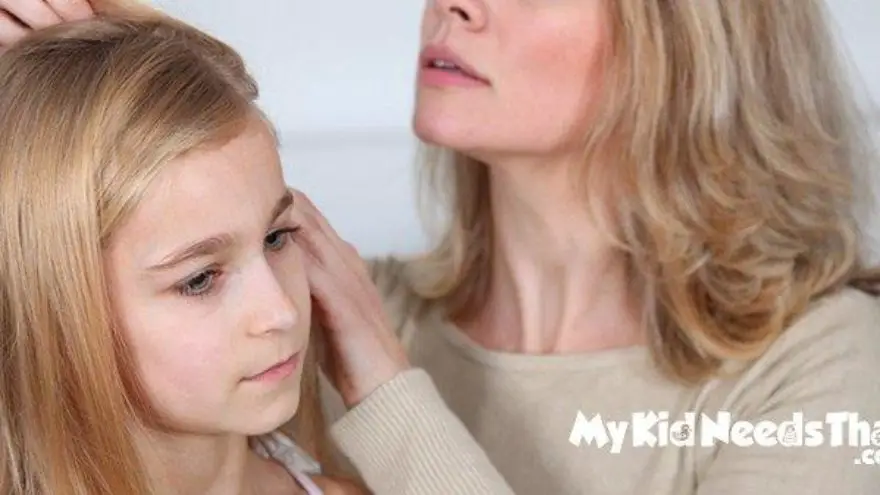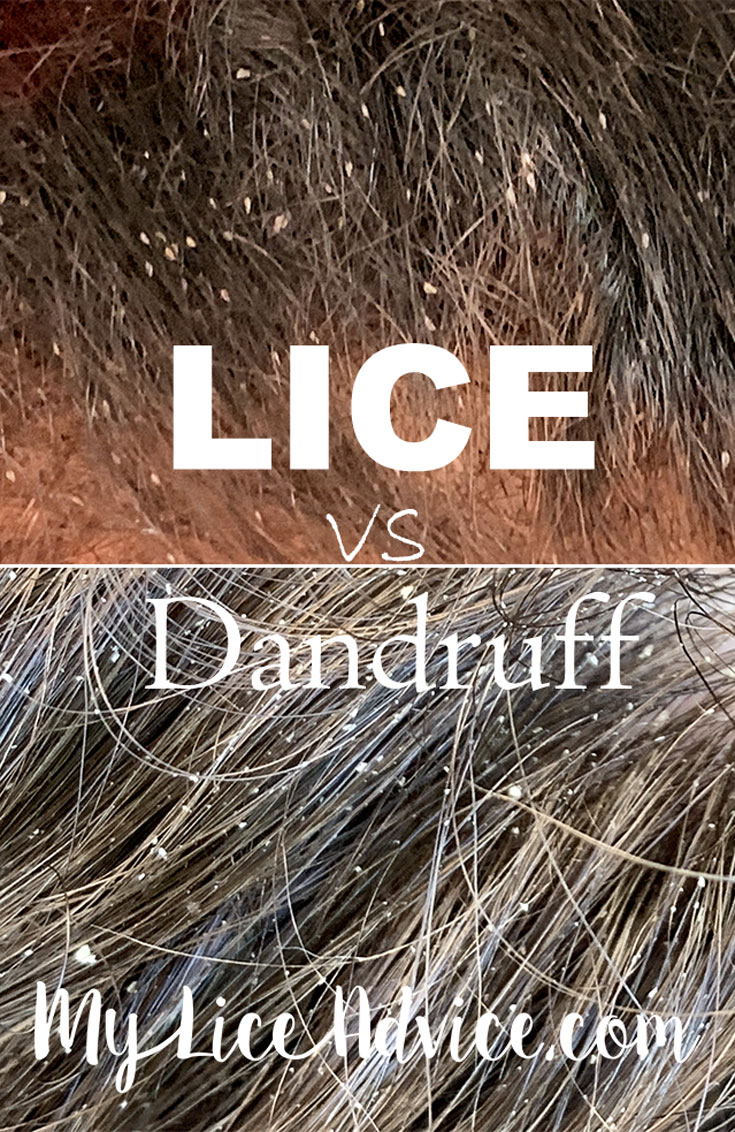Table Of Content

This article looks at how hair dye affects lice, how to use hair dye to kill lice, and the safety and precautions of using hair dye. Adult lice will start laying eggs the moment they infest a host. This is one reason head lice inspections are recommended during school outbreaks.
How to treat lice at home
Afterward, people should use a nit comb to remove any dead or live lice that remain as well as the eggs. A nymph hatches from the egg and goes through several stages of growth before turning into an adult head louse. Nymphs look similar to adult head lice but are smaller, roughly the same size as a pinhead. People can treat a head lice infestation with over-the-counter (OTC) or prescription medication, which will kill the head lice. Other treatments for lice include silicone-based treatments and insecticide-based treatments. A person will need to comb out their hair using a lice comb and treat their scalp and hair to rid themselves of lice.
More Head Lice on Health & Wellbeing
If you suspect a child has lice, preventing close contact with that child helps more to prevent the spread of head lice than having short hair. Swimming or washing the hair within 1–2 days after treatment with some head lice medicines might make some treatments less effective. Seek the advice of your health care provider or health department if you have questions. Natural remedies for head lice involve applying oil, such as olive oil or mayonnaise, or petroleum jelly, to the hair to suffocate the lice. Most people who choose this method saturate the hair and scalp and cover it with a shower cap overnight. Then, they shampoo and comb out the lice and nits in the morning.
10 habits for good health

These do not require a prescription, but you should use care since they are pesticides, meaning they kill bugs. These medicated shampoos usually include pyrethrins or permethrin as active ingredients. Head lice (Pediculus humanus capitis) are wingless insects that feed off human blood on the scalp.
Anyone can get lice — no matter where you live, how old you are, or how often you wash your hair. Since lice feed on blood in your scalp, it doesn’t matter whether your hair is freshly shampooed or not. If these methods don’t get rid of head lice, your doctor may recommend trying lindane 1%. As this treatment is strong, experts only recommend it if others treatments are ineffective. If you use too much, or swallow some by mistake, it may harm your brain or nervous system. Both of these treatments kill live lice, but not unhatched eggs.
Do Lice Like Clean Hair or Dirty Hair Video
Here, we asked experts to weigh in on four widespread beliefs and the truth behind them. Another gadget that made the news 10 years ago was a vacuum cleaner attachment that was said could get rid of lice — but the patent for that has since been abandoned. And even if the lice are not resistant, a treatment may not give them the dose of chemical required to kill them. But after the egg has hatched, the empty egg casing stays glued to the hair. And as the hair grows, the empty egg moves further away from the scalp. Eggs are likely to remain cemented to the base of the hair shaft so, you also need to repeat later to catch the new lice that hatch from the eggs.
What To Do When Your Kid Gets Lice - Happily Eva After
What To Do When Your Kid Gets Lice.
Posted: Sat, 11 Mar 2017 08:00:00 GMT [source]
The insects usually spread through direct transfer from the hair of one person to the hair of another. In cases where lice return within a month or less, the most likely reason for the comeback is that they never really went away. It's fairly common for people to use an over-the-counter treatment and think that they're finished with head lice, but they are very wrong.
From Dirty Hair to Olive Oil -- Fighting Lice is a Lousy Business - WKNO FM
From Dirty Hair to Olive Oil -- Fighting Lice is a Lousy Business.
Posted: Tue, 01 Sep 2015 07:00:00 GMT [source]
If you want to prevent getting head lice, keeping your hair clean or dirty isn’t likely to make a big difference. And according to Gouge, the idea that school is the primary place for lice infestation has led many schools to implement "no nit" policies. These require children to be sent home from school or kept out of school if nits (lice eggs) are discovered on their scalps. Fifty-two percent of those with children in their household who'd dealt with a lice infestation in the previous five years said yes. The myth that head lice prefer unwashed hair has fueled plenty of stigma. In reality, there’s no link between these tiny parasites and personal hygiene.
Have questions about lice treatment?
The Kansas Bureau of Epidemiology and Public Health recently changed its policy regarding admission to school with head lice. There are many misconceptions about how lice spread and how they’re treated. These misconceptions only help feed into the anxiety of parents whose children have lice or who have been exposed to lice. Head lice may be spread by sharing towels or other items that have been in contact with an infested person’s hair, although such spread is uncommon.
In the ‘90s, lice showed a resistance to the chemicals used to kill them, so drug companies lowered the dosage, which resulted in the continued growth in resistance. Those same companies have now coined the catchy media term “super lice” and have created shampoos they claim are now going to kill the so-called strain. There is no new mutant bug, it just comes down to failed treatment. You can help stop them spreading by wet combing regularly, using a detection comb, to catch them early. Some treatments are not recommended because they're unlikely to work. It usually takes about 10 minutes to comb short hair, and 20 to 30 minutes for long, frizzy or curly hair.
I'd love to tell you lice just prefer one specific blood type and the rest of you are in the clear, but it's not that simple. Any blood type can get lice, but it is most common for people with O+ and A+ blood. Additionally, if you've had lice once, you are more likely to get it again simply because lice obviously like you. For those prone to lice, I recommend using preventative scents sprayed in the hair every day so you smell nasty to them, but (fortunately) great to everyone around you. If faced with the choice, lice most likely prefer clean hair over dirty hair. This specific question, “clean vs. dirty” hair, has not been the topic of any scientific research, but let's talk about the most common theories.
Local health departments may have guidelines that address school head lice policies; check with your local and state health departments to see if they have such recommendations. Louse nits can be easier to detect than lice, possibly because they cannot move or hide. When looking for nits, look closely at the scalp, where they tend to stick after lice lay them.
To determine if head lice are present, look for signs of nits attached to the hair shaft. If it comes off the hair easily, it is most likely not a nit, but dandruff or hair product residue. Head lice are spread primarily by direct head-to-head contact. So the risk of spreading head lice is greatest among children who play or go to school together.

No comments:
Post a Comment